The culinary landscape is often rooted in tradition. However, people adapt their palette significantly for financial, health, or ethical reasons. With the Food and Drug Administration placing foods on the banned list or new data suggesting that a particular food has microplastics, there are many reasons why food would lose its popularity.
Here are 18 foods that are becoming less popular or have completely vanished from our shelves.
Meat

While meat is a staple in the American diet and worldwide, studies suggest that meat consumption is decreasing. While chicken is still consumed at similar rates, lamb and veal consumption has reduced significantly over the past decades. This can be attributed to people becoming more climate-conscious in their efforts to reduce CO2 emissions and aiming for a more plant-based diet.
Fish

Not only can Fish be incorporated into a wide range of dishes, but this delicious food is packed with protein, healthy fats, omegas, and more. However, the recent emergence of new data regarding the quantities of microplastics found in fish is alarming people. The presence of microplastics can present a range of adverse health effects in the long term.
TV Dinners

TV dinners offered convenience in abundance. Often referred to as frozen dinners, this innovative dish was highly popular among the average American family from the 1950s. However, somewhere along the line, it became less popular and less frequented in the American household. With the ability to microwave leftovers and grab fast food, Americans have many more options than TV dinners for quick and easy food.
Strawberries
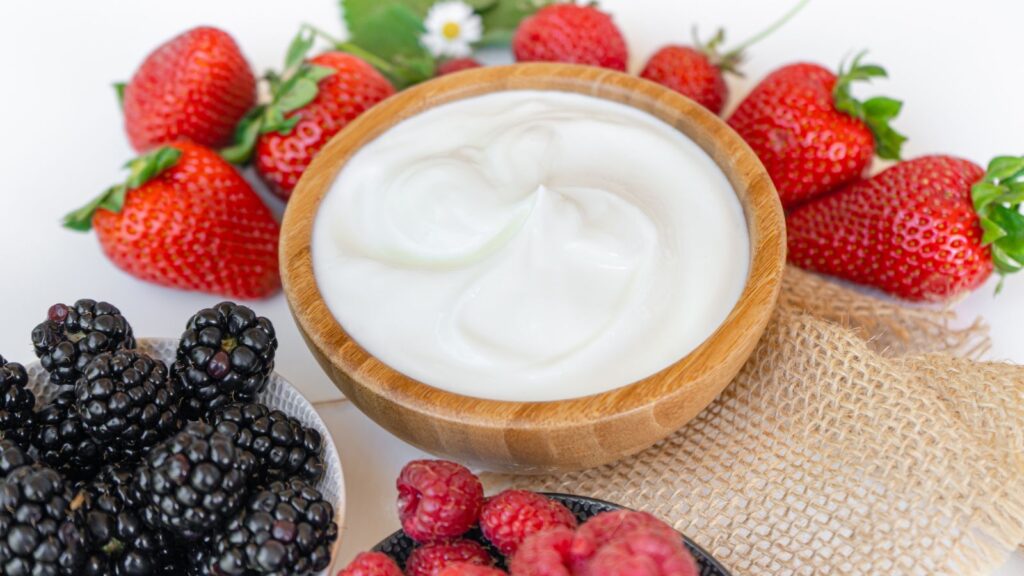
Although a popular and delicious fruit, recent videos surfaced online exposing how many worms and insects can live inside your strawberries. Many chose to forego strawberries to avoid these creepy crawlies. But those who love the fruit too much to abandon have begun soaking them in vinegar and water to remove these insects.
Oysters
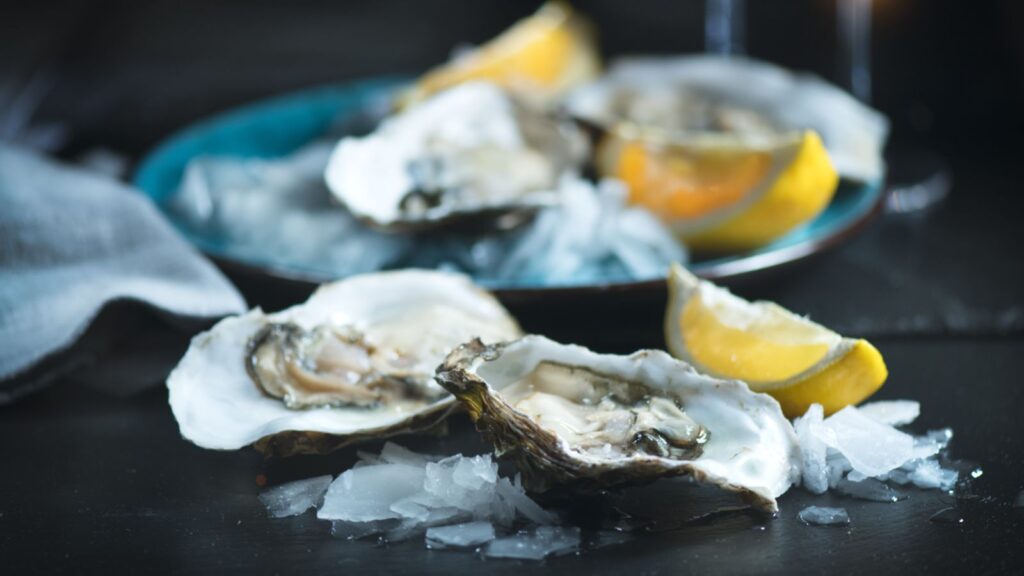
In the 19th century, the average New Yorker consumed around 600 oysters yearly. Oysters have increased in price significantly and are now associated with wealth and prosperity, with the average American only consuming less than three per year.
Aspic

Aspic, or the gelatin from animal bones, was far more popular in the 20th century. This is weird; jelly-looking food is still popular in areas of northern Europe but not in America. Not only does its presentation look unappealing to many, but aspic consumers have realized it just takes far too long to make, taking on average 10 hours to make.
Corned Beef

Corned beef is a staple in the American kitchen. It offers affordability, convenience, and instant sustenance. However, with its high sodium content, people are opting for healthier alternatives.
Milk

People used to drink plenty of milk to ensure that they got enough calcium and protein to grow. But as we grow older, many of us become dairy-intolerant, and milk and other dairy products increase inflammation. This can lead to digestive issues, skin conditions, and more.
Turtle Soup

Turtle soup was a popular addition to food shelves and restaurants in the USA. But turtles are considered to be keystone species, integral to maintaining the health of the marine ecosystem. Green sea turtles are now under the protection of the Endangered Species Act. Consuming turtle soup in the USA would actually be a felony.
Avocados
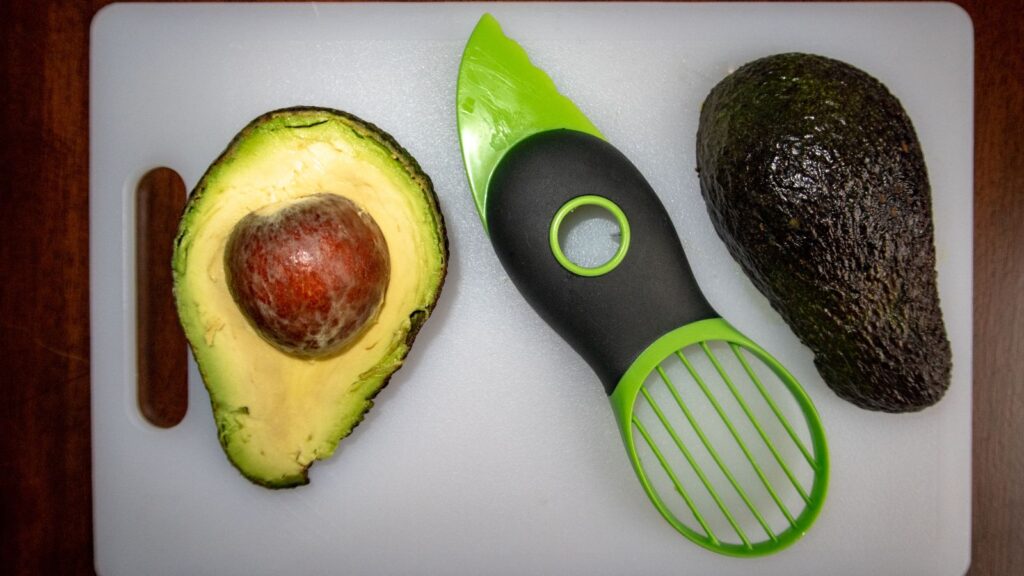
Once described as the poor man’s butter in Mexico, this delicious and nutritious fruit has become trendy among plant-based and meat eaters alike. However, some people see the cartel as unethical because of concerns regarding how it has monopolized the industry. Additionally, people are concerned about how much water is required to grow avocados, which they deem unsustainable and unethical.
Brominated Vegetable Oil

Brominated vegetable oil has been rapidly declining because of its potentially carcinogenic properties. The FDA has proposed adding BVO to the banned foods and substances list, and many companies, such as Coca-Cola and Pepsi, are even facing strong petitions from the public to remove these ingredients.
Shark Fins
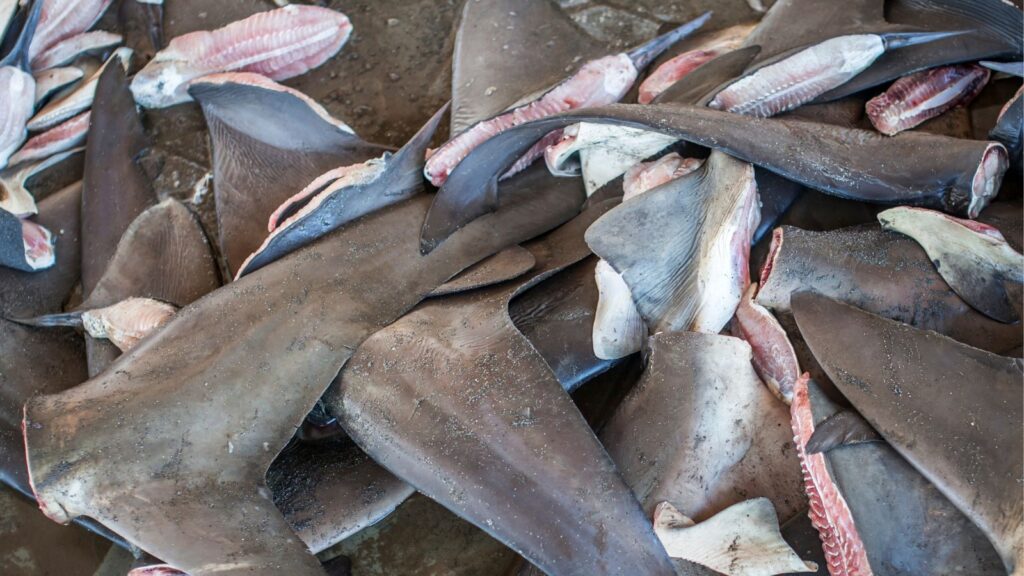
Surprisingly, the consumption of shark fins isn’t illegal in every state of the United States. Additionally, only 13 American states prohibit shark fin trade. But, despite still being an option for many people in the US, it is deemed highly unethical as fishermen release the sharks back into the ocean following their mutilation.
Sassafras Oil

As a formerly popular ingredient in root beer, the FDA banned this likely carcinogen. Sassafras oil was discovered to have properties that can lead to liver cancer and a range of other health issues.
Puffer Fish

Pufferfish is a Russian roulette-esque dish, with people potentially risking their lives to try the risky cuisine. Restaurant owners must obtain a license to serve puffer fish in the USA today due to its high toxicity and potential fatality.
Palm Oil
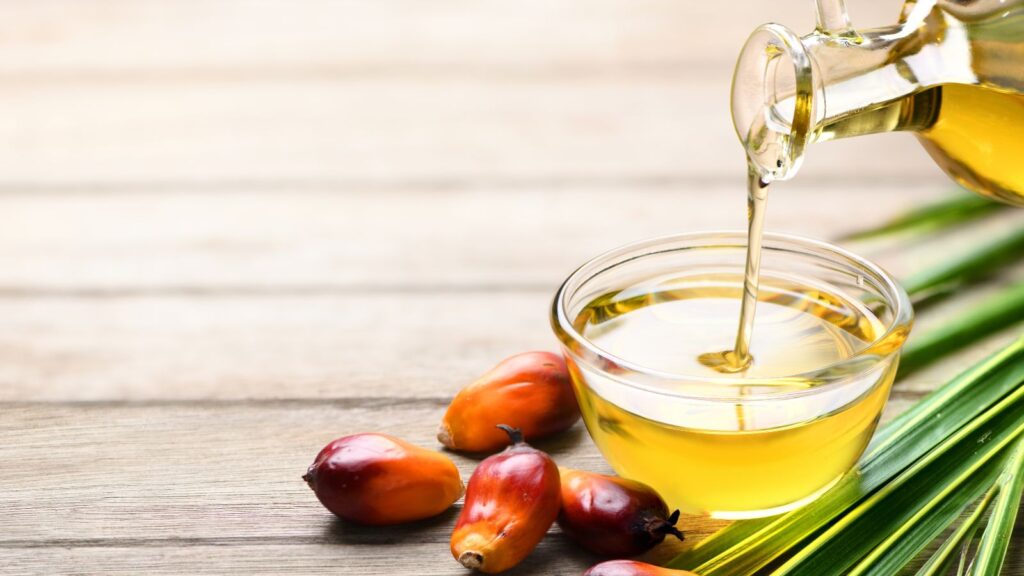
People are becoming increasingly aware of the environmental detriments of palm oil production. Palm oil production is one of the most significant contributors to deforestation and species endangering in Asia, Africa, and Latin America.
Caviar

Caviar was often associated with wealth and luxury, often appearing on Michelin-starred restaurant menus. But people are quickly abandoning the glorified fish egg dish. The beluga sturgeon, in particular, was on the brink of extinction, which led to excessive fish farming, making beluga caviar an unethical choice for people.
Kinder Surprise Eggs

Although created with good intentions, the Kinder Surprise eggs were removed and altered because the toys inside were deemed choking hazards. The FDA ruled that non-nutritive objects embedded in food were deemed too dangerous to consume. Not only did this cause issues in the US, but it also caused issues in the UK due to many being contaminated with salmonella.
Lard
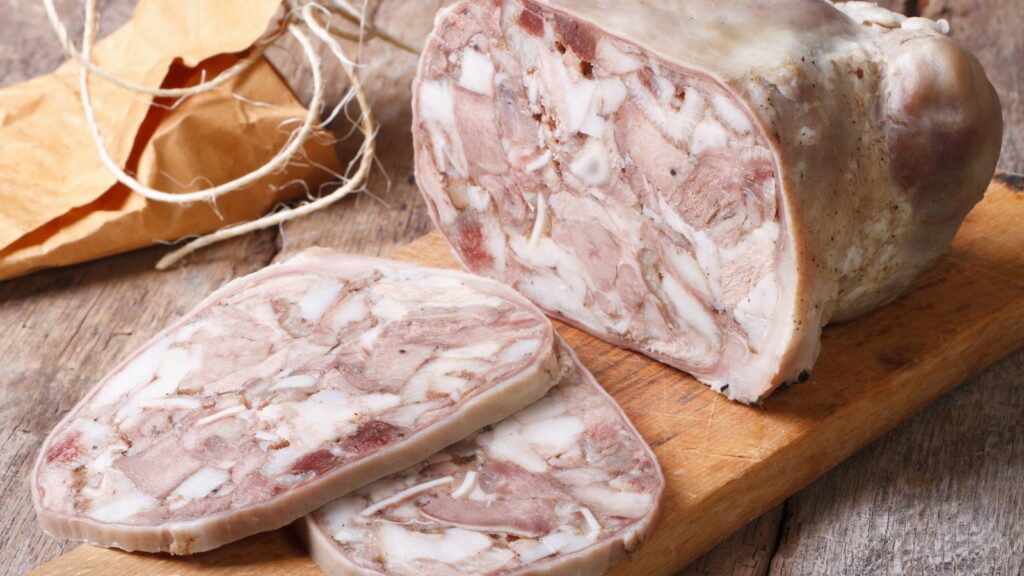
Not only was lard popular, but it was also incredibly affordable for the average American. But today, concerns over our cardiovascular and heart health are being emphasized more, and lard, as well as other ultra-processed foods, had to leave many people’s kitchens.
19 Grim Realities of Dating After 50 That Are Often Overlooked

19 Grim Realities of Dating After 50 That Are Often Overlooked
26 Things That Will Be Extinct Because Millennials Refuse to Buy Them

26 Things That Will Be Extinct Because Millennials Refuse to Buy Them
24 Outdated Slang Terms You Absolutely Shouldn’t Be Using Anymore

24 Outdated Slang Terms You Absolutely Shouldn’t Be Using Anymore
25 Hardest Parts About Getting Older That No One Ever Talks About

25 Hardest Parts About Getting Older That No One Ever Talks About





